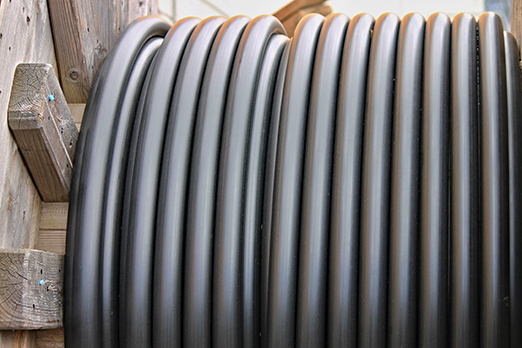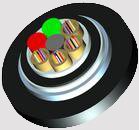PRODUCTS
- Aerial Bundled Cables
- Airport Cables
- Automotive Cables
- Alarm & Audio & Electronic Cables
- Belden Equivalent Cables
- Bus Cables
- Cable Glands
- Cables for Oil Industry
- Coaxial Cables
- Composite Cables
- Control Cables
- Data Cables
- Elevator Cables
- Fiber Optic Cables
- Fire Resisting Cable(Fireflix)
- Fire Retardant Cable(FIRETOX)
- Flame Retardant Cable (FIREGUARD)
- Flexible Cables
- Heat Detection Cables
- High Temperature Cables
- Highway Cables
- Industrial Cables
- Instrumentation Cables
- Marine Cable
- NEK606 Water Blocked Offshore & Marine Cables
- IEC60092 STANDARD Offshore & Marine Cables
- BS 6883&BS7917 STANDARD Offshore & Marine Cables
- UKOOA Offshore & Marine cables
- VG 95218 Navy Cables
- Mining Cables
- Airframe Wire
- Marine, OIL,GAS & Petrochemical Cables
- Power Cables
- Railway Cables
- Robotics
- Rolling Stock Cables
- Rubber & Crane Cables
- Security Cables
- Special Cables
- Spiral Cables
- Telephone Cables
- Thermocouple Cables
- BS 5308 Cable
- PAS 5308 Cable
- BS 5467 Cable
- BS 6724 Cable
- BS 6346 Cable
- BS 7211 Cable
- IEC 60502-1 Cable
HOT PRODUCTS
APPLICATIONS
|
EN 45545 Fire Protection Standard
With the introduction and approval of EN45545, fire safety standards in Europe are gradually being unified, aimed at ensuring the safety of personnel and equipment in railway applications. EN 45545-1 contains basic definitions and general rules on how to classify railway vehicles, which are used to assess fire risk and define train operation and design categories.
EN 45545-2 describes material requirements for different hazard levels, including flammability, smoke emissions, and toxicity requirements for internal applications. For external applications, Table R23 performs the same function.
EN 45545-3 describes the fire resistance requirements for fire barriers. It should be noted that if the cable positions inside the cable protection conduit are not carefully designed, these cables may become potential weak points for fire, heat, or gas penetration.
Under the framework of EN 45545, E, I, and W requirements are set for a specific fire installation situation: E (integrity) has a performance level of E15, E30 (in minutes) represents insulation effectiveness, and W (radiation) represents the need to prevent fire from breaking through for at least 30 minutes. Finally, E30 is set as the highest requirement, mainly applied to fire barriers between luggage and passenger areas, or operating cabins in categories 3 and 4.
Overall, the implementation of EN45545 standard is crucial for the safety of railway applications, as it provides important guidance for railway design and operation by clarifying and classifying various fire risks.






